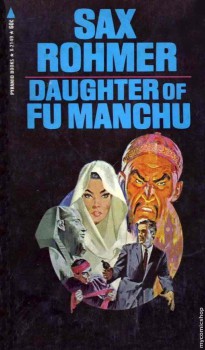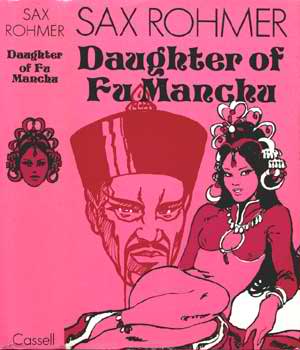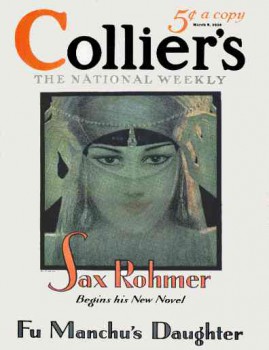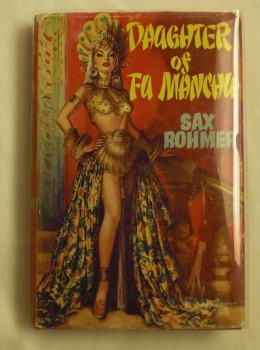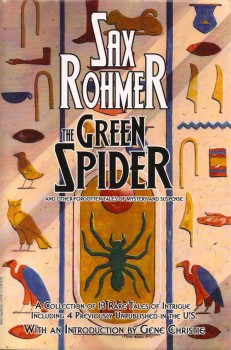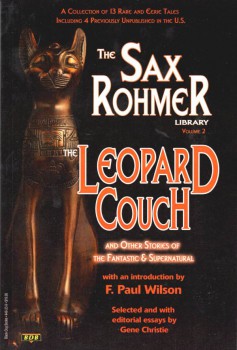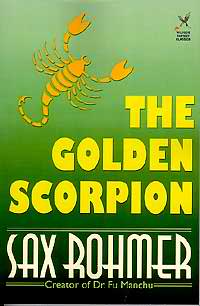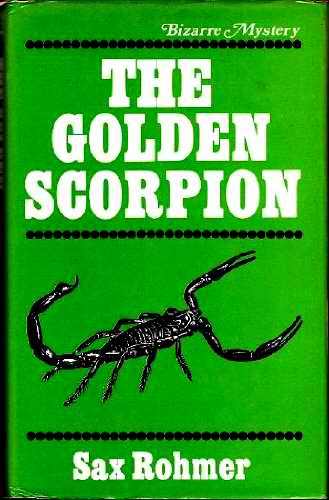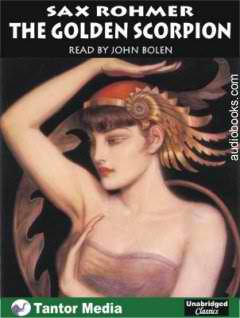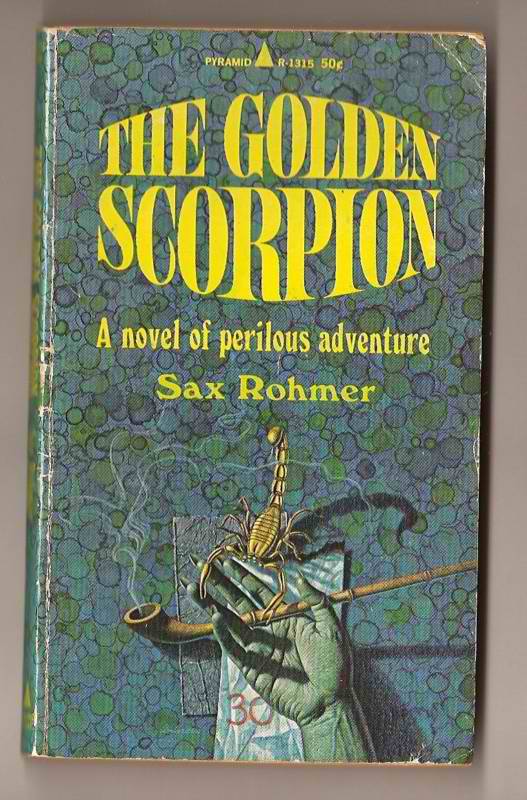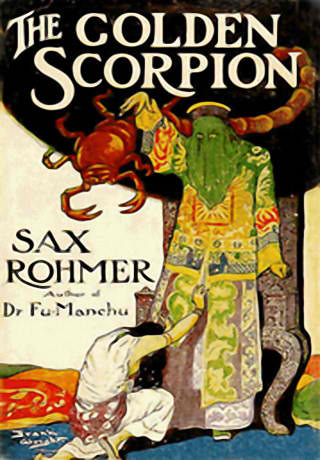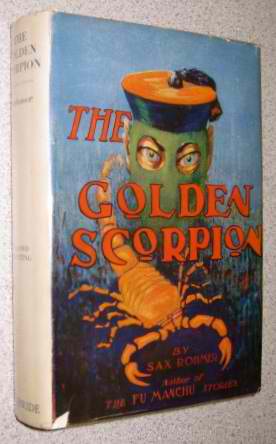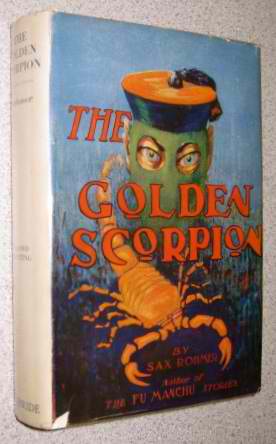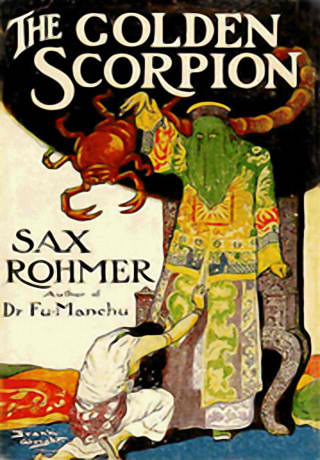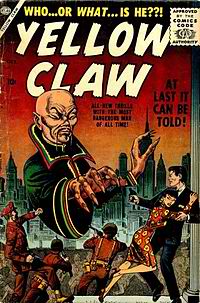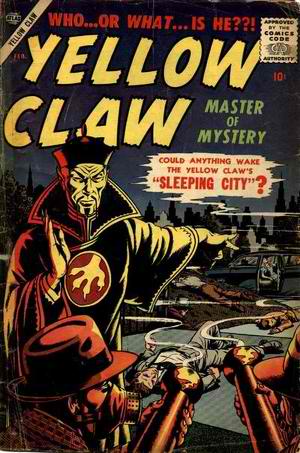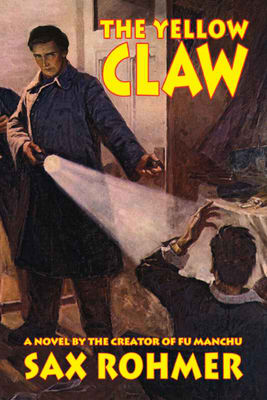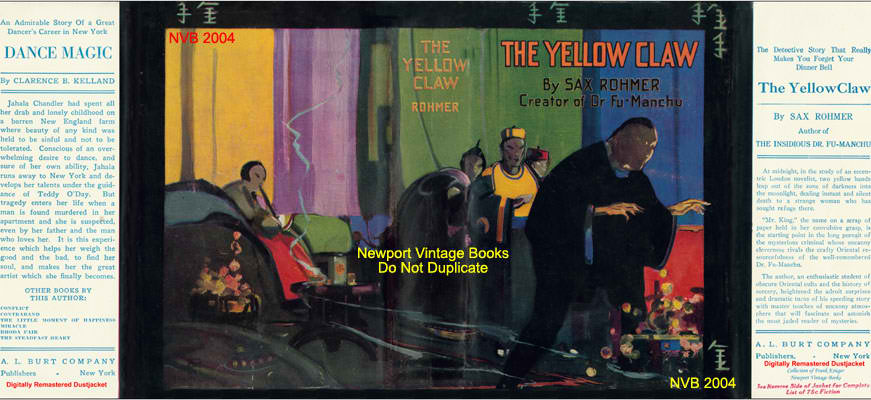Blogging Sax Rohmer’s Daughter of Fu Manchu, Part Three
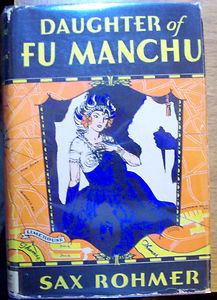
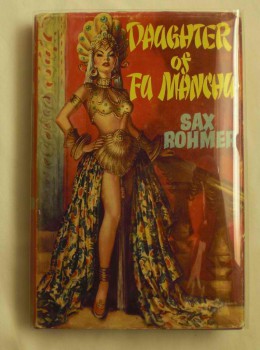 Sax Rohmer’s Daughter of Fu Manchu was originally serialized as Fu Manchu’s Daughter in twelve weekly installments of Collier’s from March 8 to May 24, 1930. It was published in book form the following year by Cassell in the UK and Doubleday in the US. Rohmer divides the novel into four sections comprising three chapters each. This week we examine the third part.
Sax Rohmer’s Daughter of Fu Manchu was originally serialized as Fu Manchu’s Daughter in twelve weekly installments of Collier’s from March 8 to May 24, 1930. It was published in book form the following year by Cassell in the UK and Doubleday in the US. Rohmer divides the novel into four sections comprising three chapters each. This week we examine the third part.
The section begins with Shan Greville’s delirious account of his and Sir Denis Nayland Smith’s foolhardy infiltration of a meeting of the Si-Fan’s Council of Seven while disguised as Mongolian monks. Sir Denis recognizes Ki-Ming among the attendees and fears the mandarin will likewise remember him if he gets a good look at his features beneath the monk’s cowl. Greville sees Madame Ingomar enter the room and recalls her true identity as Fah lo Suee, the daughter of Fu Manchu. Unable to understand the council’s conversation, the truth promptly reaches him when a gong sounds and the two Mongolian monks appear while all eyes turn upon Sir Denis and his companion.
